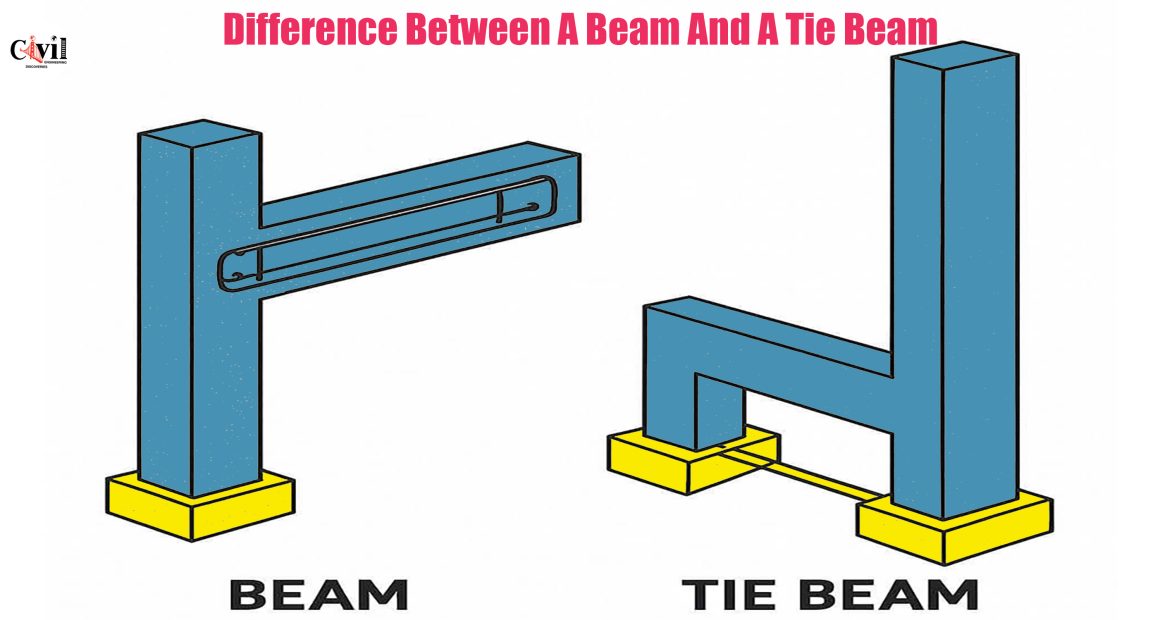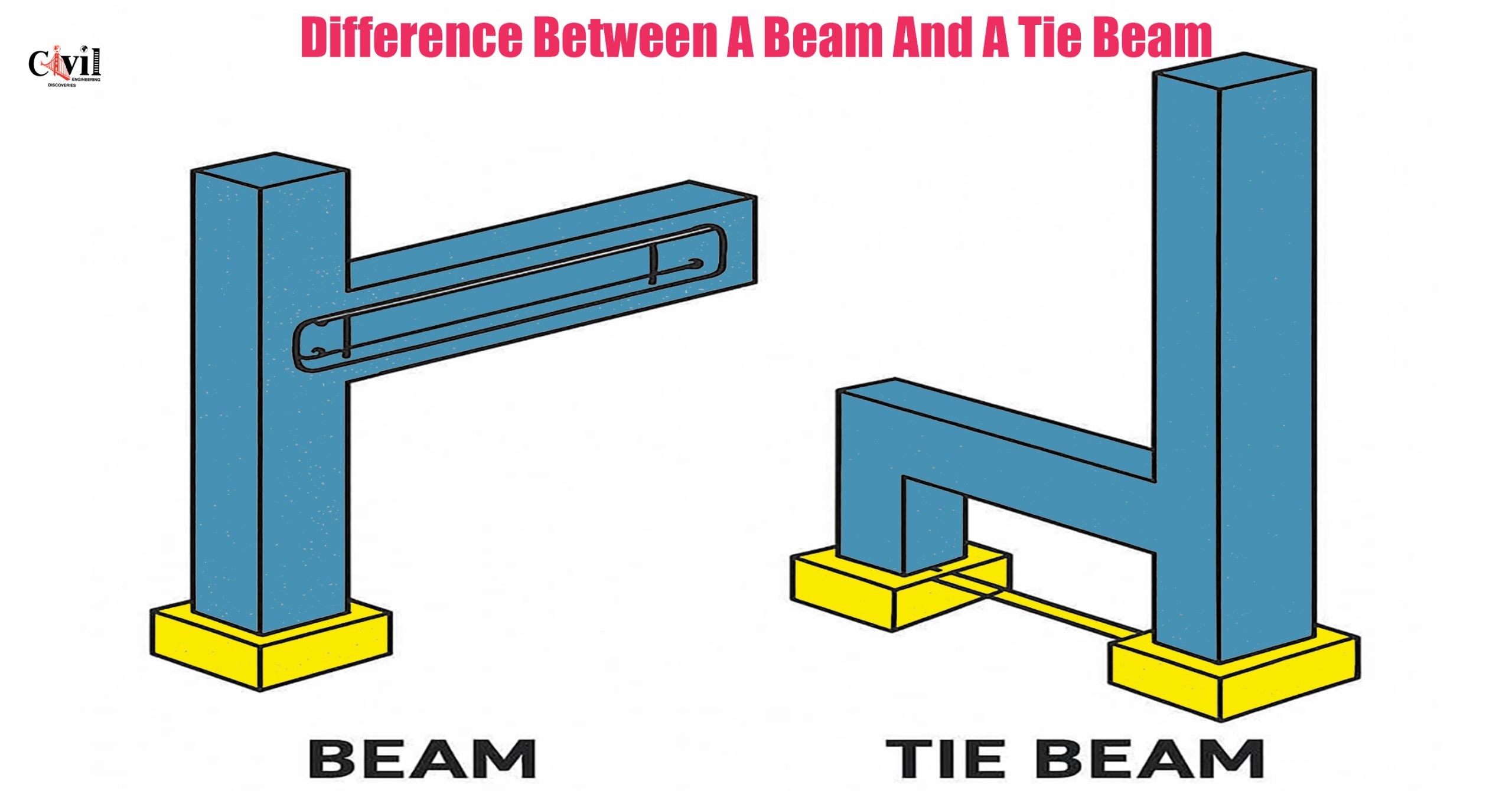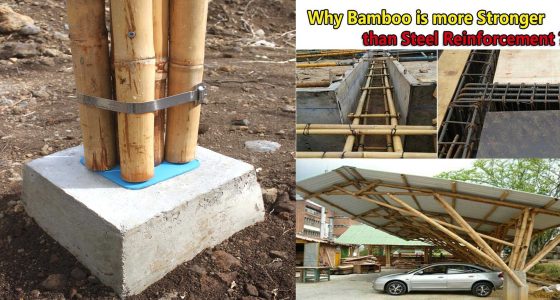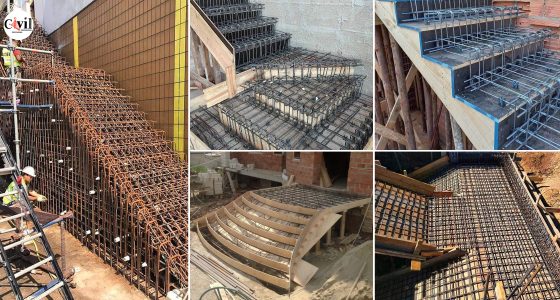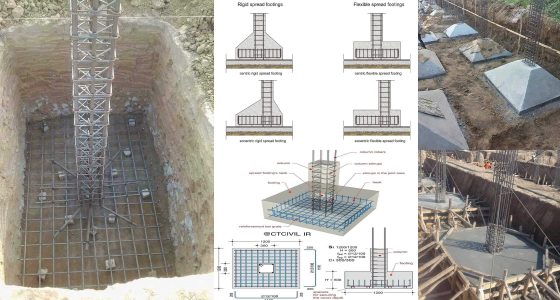Understanding structural elements is crucial for strong and stable construction. Two commonly misunderstood elements are beams and tie beams. Though they may appear similar, they serve entirely different purposes in structural design. In this article, you’ll discover the key differences between a beam and a tie beam in construction.
What Is a Beam?
A beam is a horizontal structural element that supports loads from slabs, roofs, or walls. It transfers these loads to vertical supports like columns or walls. Beams are essential for distributing loads across longer spans.
Beams resist bending and shear forces. They ensure load transfer without deformation. They play a primary role in framing systems.
Functions of a Beam
Supports slab or roof loads
Transfers loads to columns or walls
Provides structural integrity
Prevents excessive deflection
Offers stability to horizontal spans
What Is a Tie Beam?
A tie beam is a horizontal member connecting two columns at the foundation or plinth level. It doesn’t support slabs directly but holds structural members together. Tie beams reduce the effective length of columns and resist lateral forces.
They are often found in high-rise structures or buildings in earthquake zones.
Functions of a Tie Beam
Holds columns together
Reduces column buckling
Connects footings or columns
Balances lateral loads
Enhances overall structural stability
Key Differences Between Beam and Tie Beam
| Feature | Beam | Tie Beam |
|---|---|---|
| Purpose | Load-bearing and transfer | Structural tie to resist lateral forces |
| Position | Between columns, floors, or roofs | At the plinth or foundation level |
| Load Carrying | Carries vertical loads | Doesn’t carry vertical slab loads |
| Design Focus | Bending and shear strength | Tensile or compressive strength |
| Support | Supports slabs, walls, or roofs | Connects columns and footings |
| Used In | All types of buildings | High-rise and earthquake-prone zones |
Structural Importance
Beams form the skeleton of a building. Without them, floors and roofs would collapse. They make multi-storey construction possible.
Tie beams, on the other hand, provide additional rigidity. They prevent structural displacement. In seismic zones, they resist movement and ensure safety.
Common Materials Used
Both beams and tie beams are made from similar materials:
Reinforced concrete
Structural steel
Pre-stressed concrete
Timber (in smaller structures)
Despite using similar materials, the reinforcement layout varies based on their function.
Installation and Cost
Beams require detailed design and reinforcement, precise shuttering and curing, and inspection, as they bear loads.
Tie beams are simpler but essential. They use less reinforcement and smaller cross-sections. However, skipping them in crucial zones can lead to major failures.
Click Here To See How Beam Dimensions Affect Deflection And Load-Bearing Capacity
